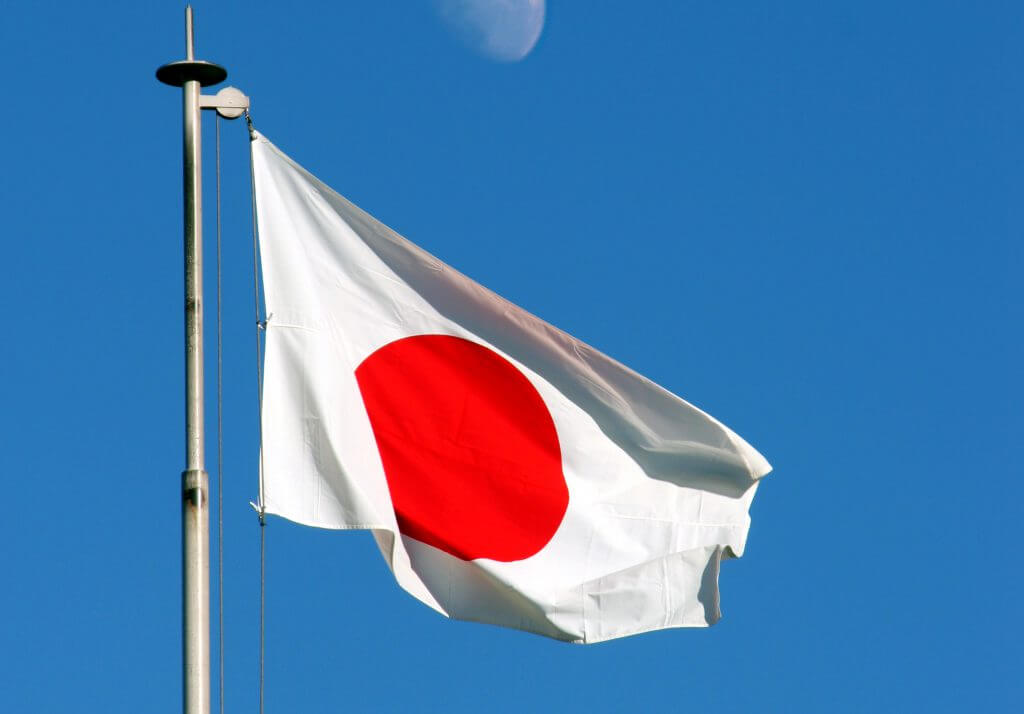At 1936 Olympics, Japan Flourished; 200 Breaststroke Was Clash of Styles (Video)

Editorial content for the 2021 Tokyo Olympic Games coverage is sponsored by GMX7.
See full event coverage. Follow GMX7 on Instagram at @GMX7training #gmx7

At 1936 Olympics, Japan Flourished; 200 Breaststroke Was Clash of Styles (Video)
It is common for the host country of the Olympic Games to put together a strong showing. Various sports federations place considerable emphasis on excelling on home soil, and this goal is fueled by the significant investment of resources for athletes. So, if Japan finishes higher up the medal table at the upcoming 2020 Olympics in Tokyo than in past Games, it will not come as a surprise.
While we wait to see what Japan is capable of producing, especially in the pool, let’s take a moment to look back at one of the highlights for the Land of the Rising Sun. During the first half of the 20th century, Japan was a swimming power, and at the 1936 Olympics in Berlin, Japanese male swimmers tallied three gold medals, two silver medals and five bronze medals. Meanwhile, Hideko Maehata was the champion of the women’s 200 breaststroke.
In the men’s 200 breaststroke, Japan’s Tetsuo Hamuro and Reizo Koike respectively claimed the gold and bronze medals, with Germany’s Erwin Sietas taking the silver medal. With Nazi dictator Adolf Hitler witnessing the action, the 200 breaststroke featured a mixture of styles, with some athletes adhering to the traditional breaststroke and others, such as fourth-place finisher John Higgins (United States) using the butterfly stroke. It wasn’t until two decades later that the breaststroke and butterfly were separated into different events.
Here is a piece from the archive of the International Swimming Hall of Fame that highlights the action from the 200 breaststroke at the 1936 Olympics in Berlin.




